Officially built and named Giac Vien in 1850, to this day, this temple is more than 160 years old. With such a long history, Giac Vien Pagoda has become one of the five oldest temples in the city. Giac Vien Pagoda has witnessed many ups and downs in Vietnamese history. Giac Vien Pagoda has been classified as a cultural relic by the Vietnamese government and is a small woodcarving museum of outstanding historical and artistic value. Therefore, combined with ancient and attractive architecture, Giac Vien Pagoda has become one of the most attractive tourist attractions of Ho Chi Minh City in particular and South Vietnam in general.
Giac Vien Pagoda has a special architectural form which is synthesized from many building materials as well as many different historical periods. The structure of Giac Vien pagoda consists of two houses with four interconnected pillars. The front house is the main hall used to worship the gods, the back house is the lecture hall and the living room. There are two corridors named East corridor and West corridor connecting to the main house. Along the two rows of corridors East and West, there are small altars with worshiping objects. In particular, there are wooden columns carved with bilingual sentences. The letters are finely carved and lacquered, inlaid with gold. Behind Giac Vien Pagoda, there is a small path, the garden behind the pagoda is planted with many rare and ancient ornamental plants, creating a quiet and dignified scene.
Since its establishment until now, Giac Vien Pagoda has more and more precious statues. The temple has a total of 153 statues made of jackfruit wood, most of which were created in the late 19th and early 20th centuries. They are mostly displayed in the main hall of Giac Vien pagoda. Statues at Giac Vien Pagoda include many types, from Buddha statues to Arhat statues. All of them are important relics with unique cultural and artistic value, attracting the attention of thousands of researchers and visitors from all over the world.
Blinds - is a type of curtain used to limit the space between the altar and other compartments in the temple, increasing the dignified look. Giac Vien Pagoda used to have more than 60 curtains with intricate carvings. Today, just over 50 are left. They hold such an important role for Vietnamese culture, history and art. Among the remaining decorative curtains, there are 17 panels on Buddhist themes and 38 panels showing the typical flora and fauna of the South. In the main hall, there are 9 curtains, the Buddhist teaching area has 23, and the corridors of Tay Lang and Dong Lang have 9 each. The curtains at Giac Vien pagoda are rich in genre and content and have many works of pure Vietnamese style. It can be said that this is a curtain system of high artistic value, a valuable asset of ancient art. The decorations on each curtain show the folk nature and daily life of Vietnamese people. As one of the ancient pagodas in Vietnam that still preserves a unique art, the most prominent is the art of "bao lam" sculpture, Giac Vien Pagoda has contributed to proving a memorable Vietnamese Buddhism. .
With a history of more than 160 years, Giac Vien Pagoda has long become an important mark of cultural and artistic values of Ho Chi Minh City. The pagoda plays an important role in the development of Vietnamese folk history and nature. It may not be an exciting destination, but it shows the simple but kind lifestyle of the ancient Vietnamese. If you have a chance to visit Ho Chi Minh City, then Giac Vien Pagoda is really a must-visit place.
Address: 161/85/20 Lac Long Quan, Ward 3, District 11
Opening hours: daily 08:00 - 16:00
 Register
RegisterSign in Travel Agent
Sign in Supplier
Sign in Affiliate
Sign in Guru

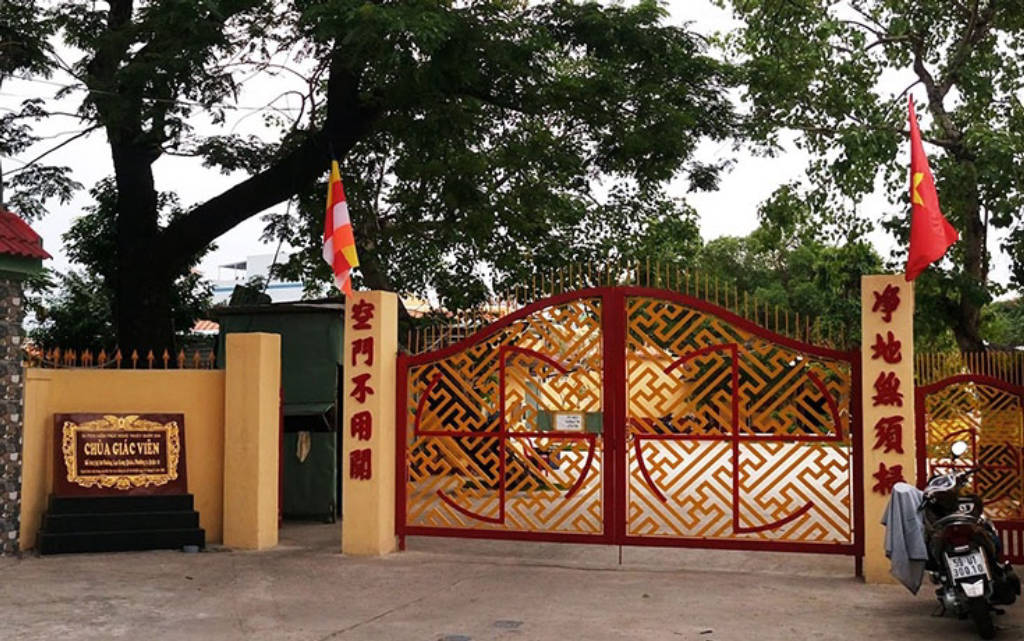
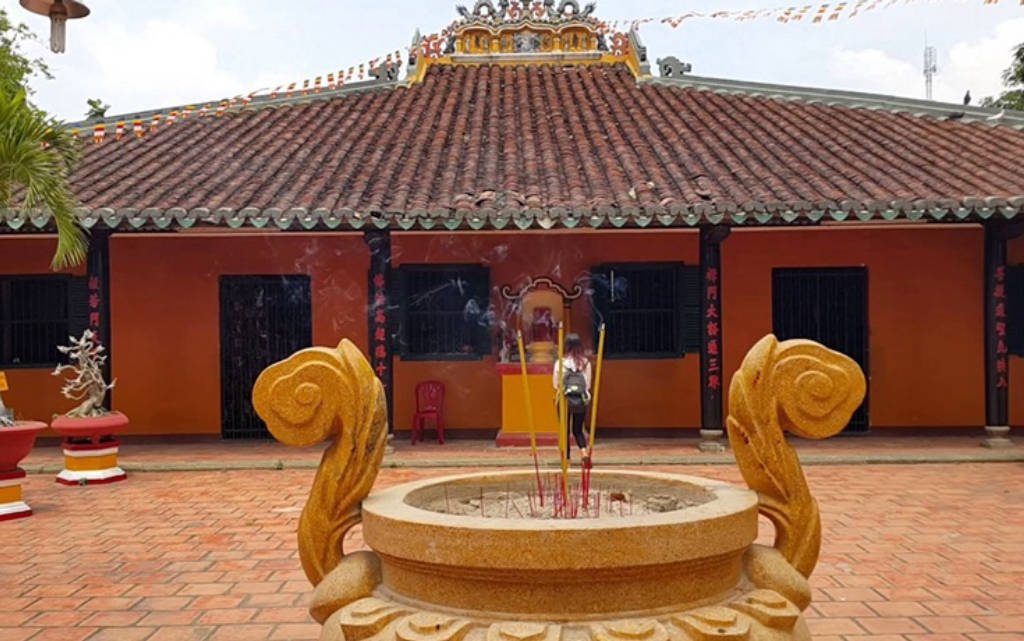
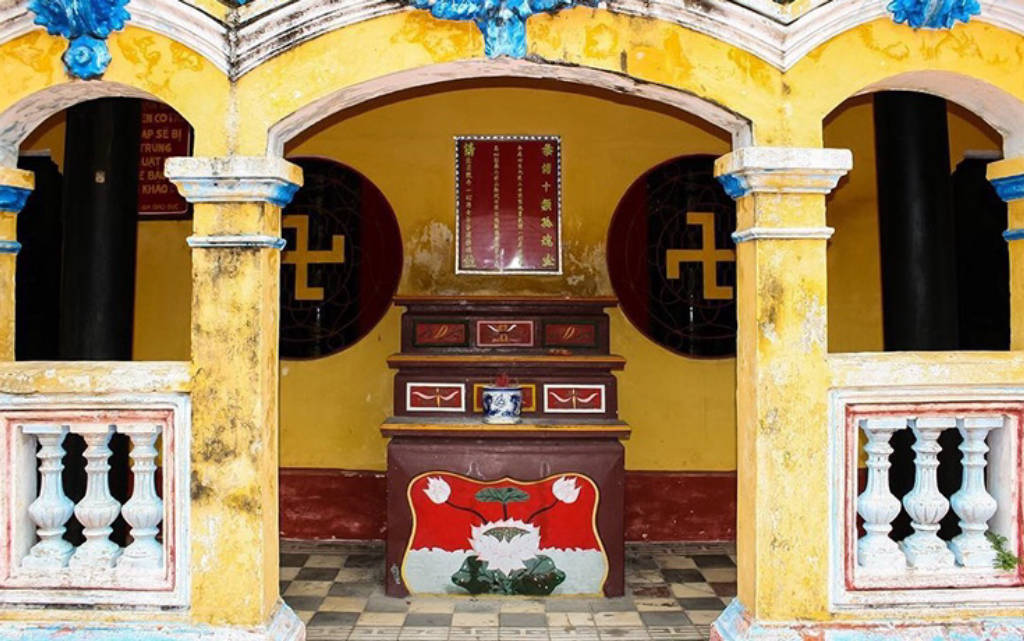
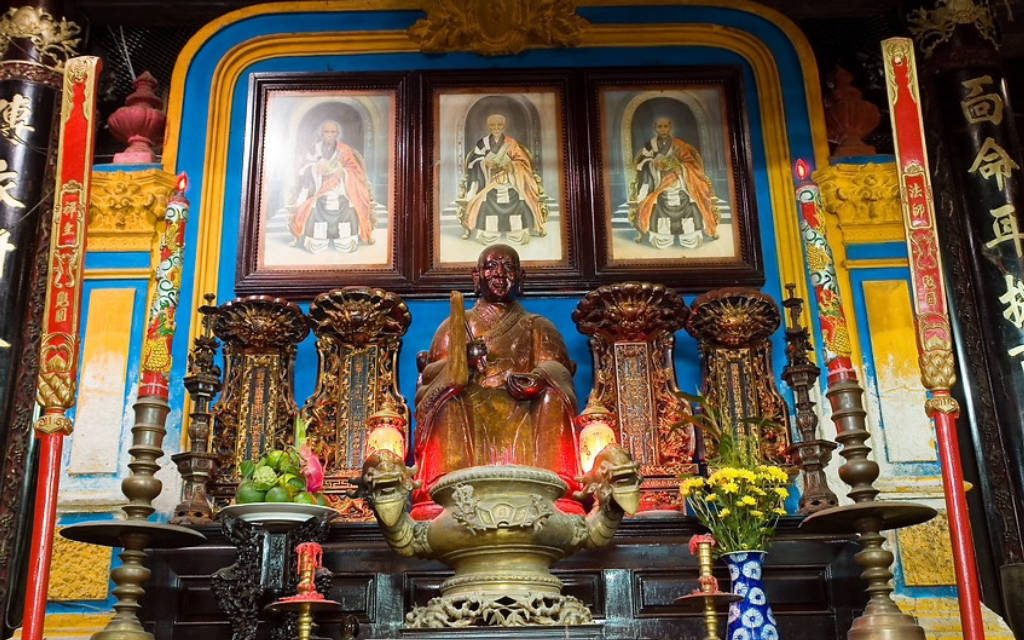
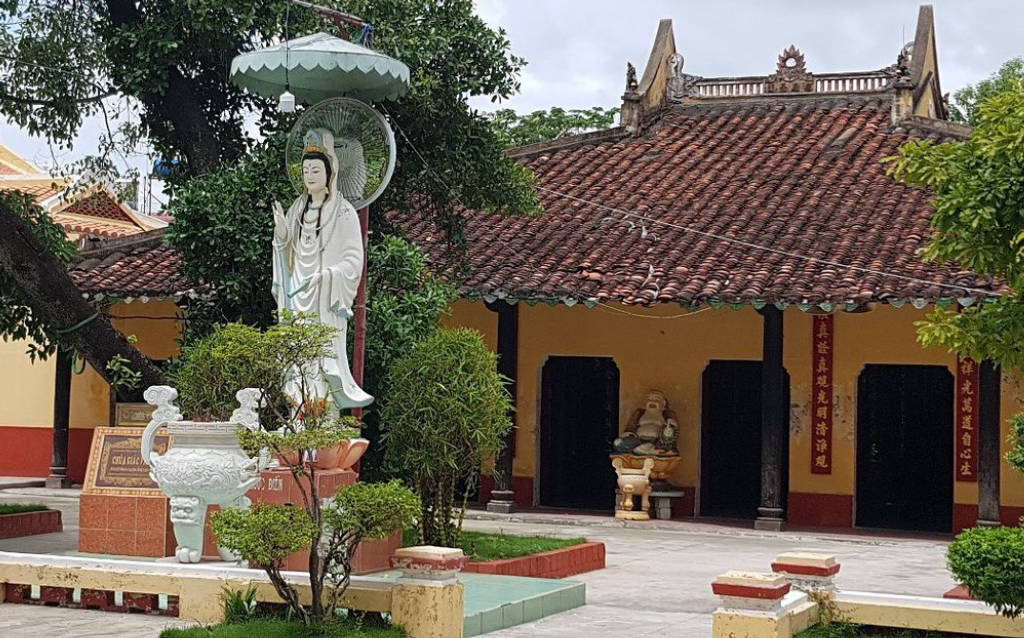





 QJ7Q+7W7, 161/35/20 Lạc Long Quân, Phường 3, Quận 11, Thành phố Hồ Chí Minh, Việt Nam
QJ7Q+7W7, 161/35/20 Lạc Long Quân, Phường 3, Quận 11, Thành phố Hồ Chí Minh, Việt Nam